By Choekyi Lhamo
DHARAMSHALA, June 2: Dr. Lobsang Sangay, the President of exile Tibetan government, also known as the Central Tibetan Administration (CTA), said the resolution of Tibet issue can resolve the Indo-China border dispute, during an interview with India Today on Monday. Amidst frequent clashes between the two Asian giants, he remarked that India has shared the border with Tibet for thousands of years without any problems, but since the occupation, it has come under attack from China.
The President remarked that the erstwhile Lhasa government always maintained that disputed parts of Ladakh and Tawang as parts of India, “As for McMohan line which mainly concerns Arunachal Pradesh, Tawang is part of India which was signed by the Tibetan Prime Minister at that time. So, India says McMohan line is the preferred border.” As for Ladakh and Sikkim, he said that the Line of Actual Control (LAC) agreed upon by India and China should be respected and make the zone a dematerialize region, to make it a “zone of peace” as proposed by the Dalai Lama.
As for China, the Tibetan president explained that the incursion is a diversionary tactic to confront the immense pressure from the international platform. “So, that is why you have these distractions in the South China Sea and the borders with India. Each time there is internal tension, you want to divert the attention of the people and make it external. This is part of the game plan,” he said.
During the interview, he asserted that Tibet should be a core issue for India as it is for China, and urged India to acknowledge its importance and discuss the issue. When asked about the growing momentum of boycotting Chinese goods, he pointed out that people will buy the most affordable goods. He suggested boycott campaigns by celebrities and influencers who advertise the products could bring about a change.
The tension between the Chinese and Indian troops began in early May when Chinese soldiers clashed with their Indian counterparts, several kilometers within the Indian side of the LAC in Ladakh. Another scuffle also broke out between the two sides on the LAC in Sikkim around the same time. In anticipation of further standoff and possible kinetic scenarios, both nations have maximized their military presence including boots on the ground, heavy equipments and even specialised personnel.


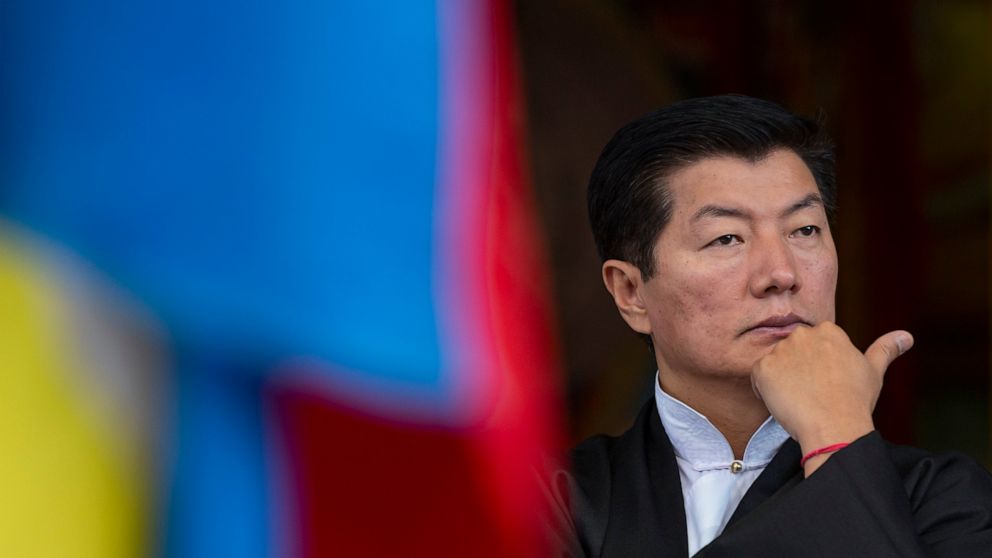



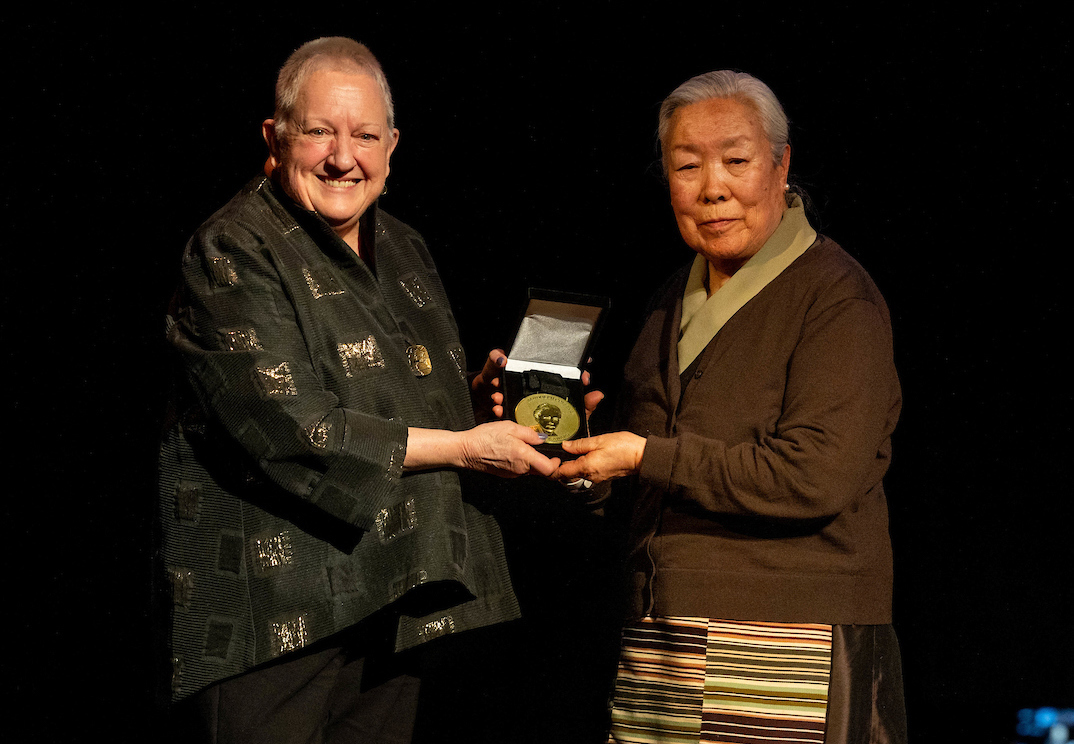
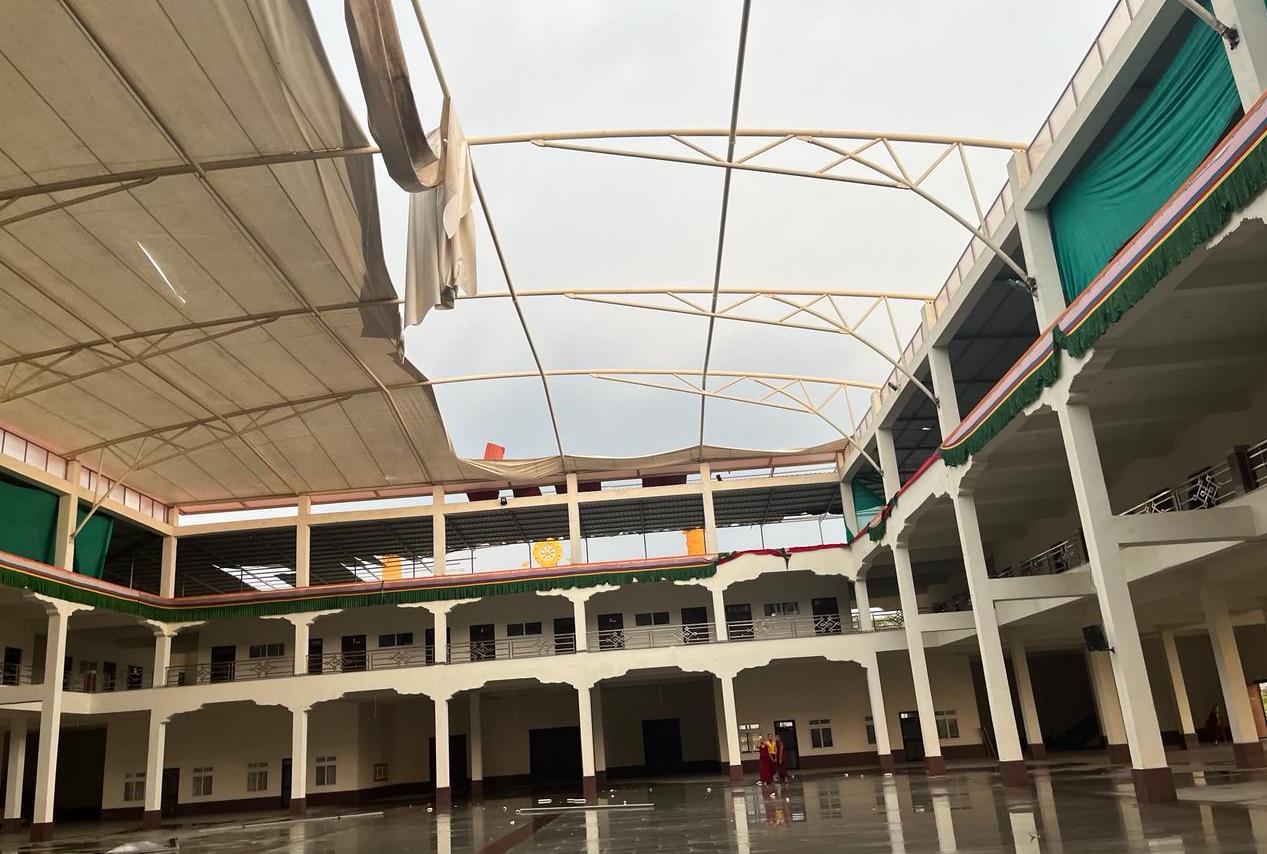
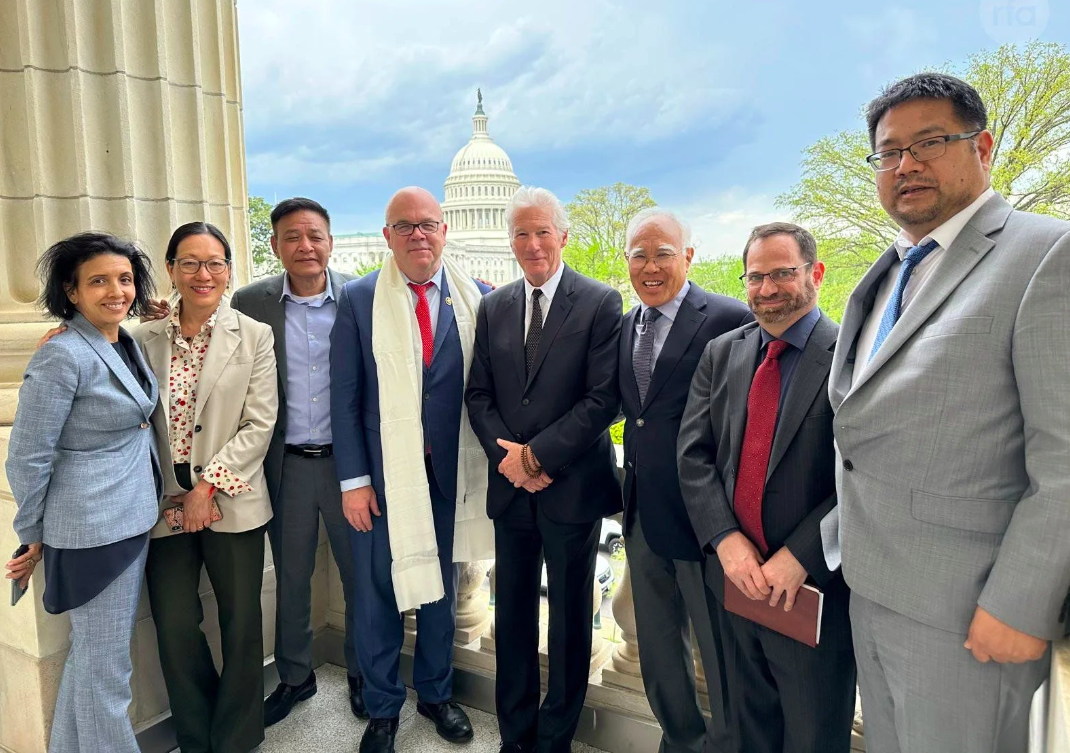
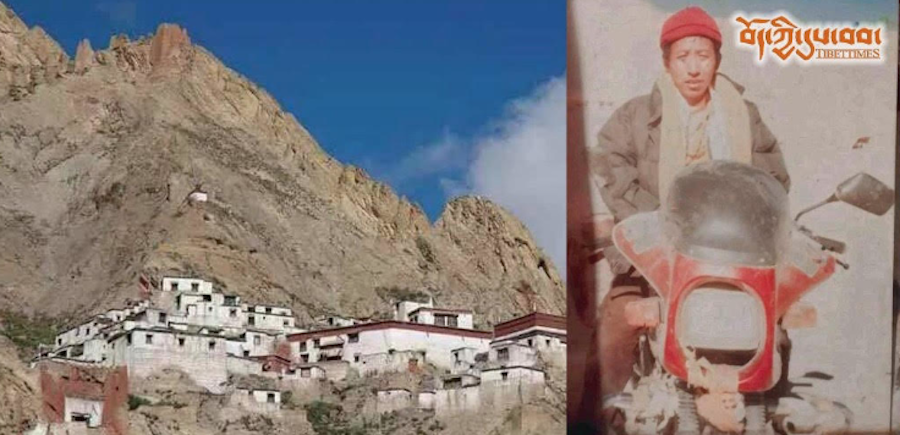
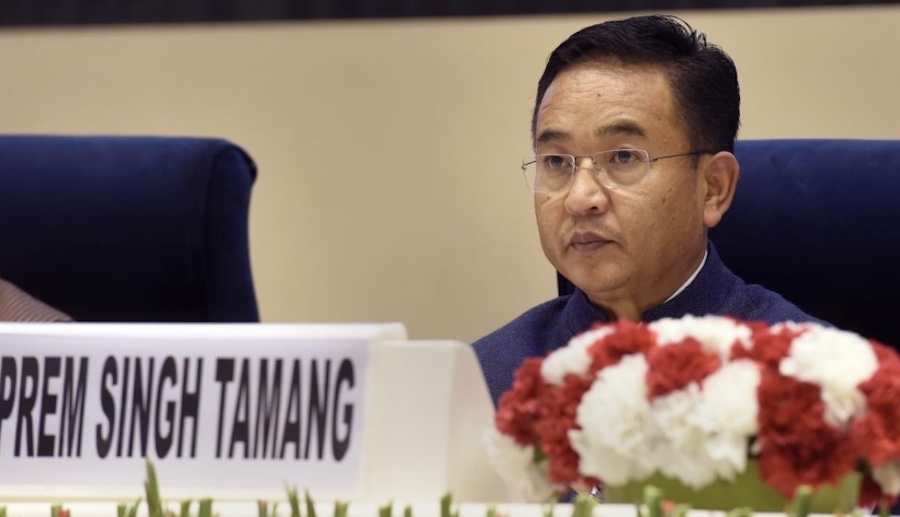
One Response
Diversion tactics it seems is not just limited to China. Trans-Himalayan region has essentially served as a buffer zone across the ages. First geographically, then politically. If people allow themselves to be used like pawns, they will. It’s quite obvious when minority marquee figureheads are trotted out all over the world, not just limited to Asia. When minorities choose to accept such a role, they should also be quite aware of what they sign up for as well. If the majority in a culture are incapable of speaking out and protecting minorities, that culture has a long way to go in terms of compassion and humanity.